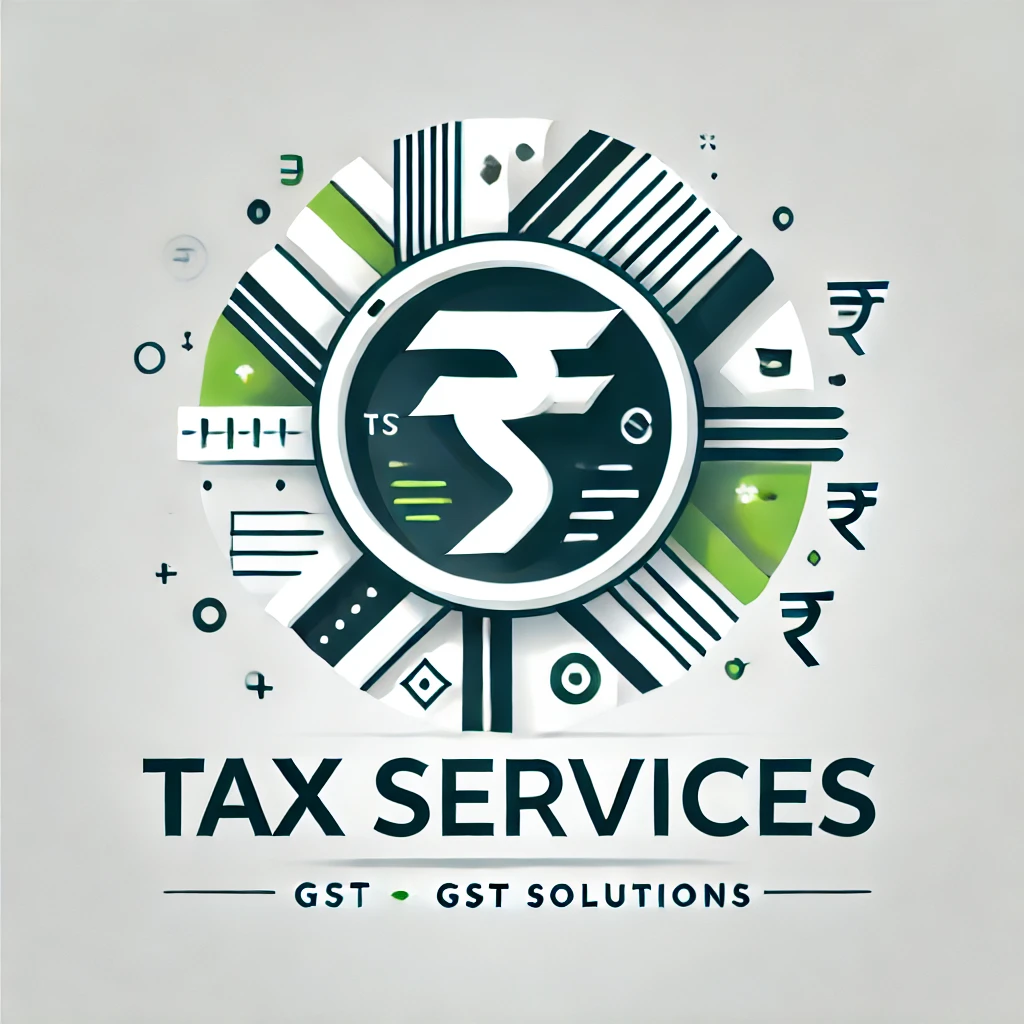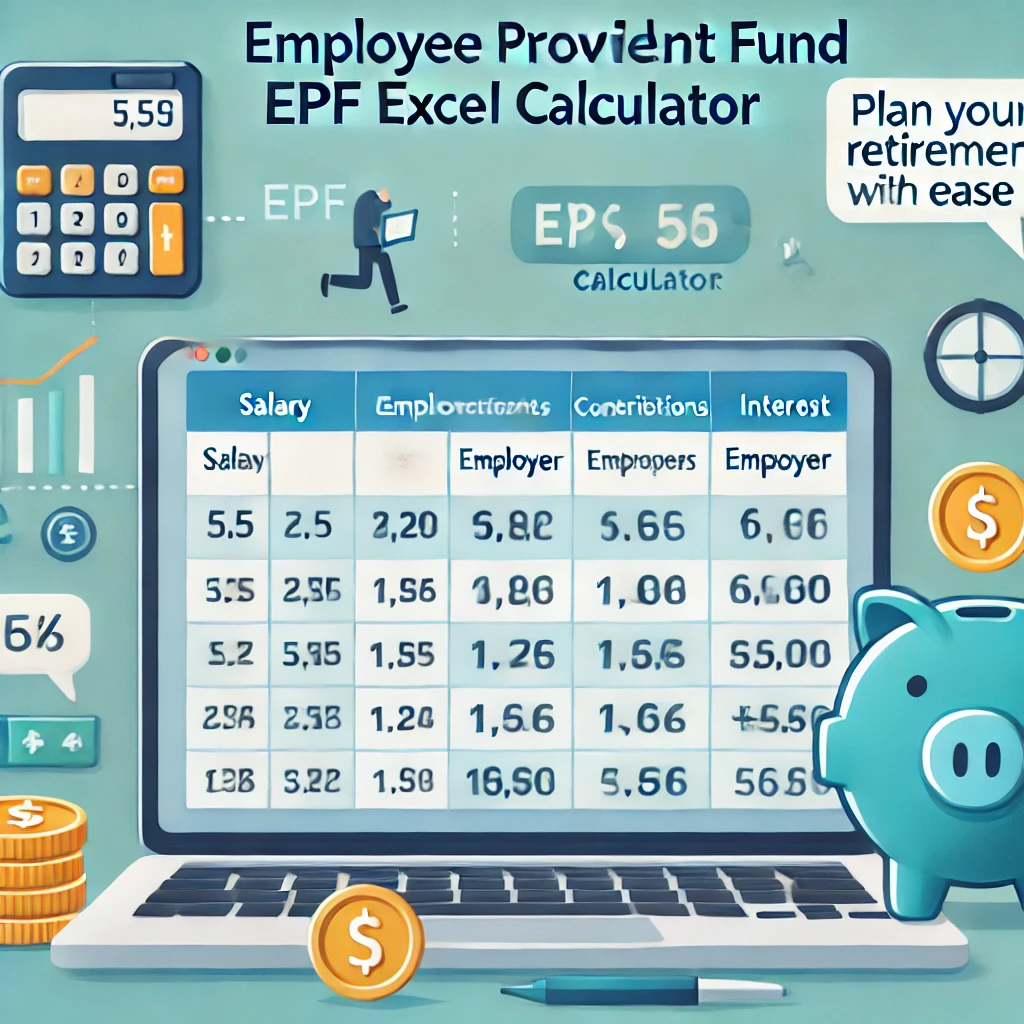Section 115BAC of the Income Tax Act, 1961: The New Tax Regime Explained
Introduced in the Union Budget 2020, Section 115BAC of the Income Tax Act, 1961, allows individuals and Hindu Undivided Families (HUFs) to opt for a simplified New Tax Regime with reduced tax rates. This regime eliminates many exemptions and deductions available under the traditional tax structure, offering taxpayers a straightforward taxation option.
This article dives into the provisions of Section 115BAC, including its features, eligibility, tax rates, benefits, limitations, and key considerations.
What is Section 115BAC?
Section 115BAC provides an alternative method of income tax calculation for taxpayers. It offers lower tax rates compared to the old regime but requires taxpayers to forego a majority of exemptions and deductions. It aims to simplify the tax structure, particularly for those who do not claim significant deductions.
Tax Rates Under Section 115BAC (FY 2024-25)
Key Amendments (Budget 2024)
- Standard Deduction: ₹75,000 for salaried individuals and pensioners under the New Tax Regime.
- Rebate Under Section 87A: Individuals with taxable income up to ₹7,00,000 will not have to pay any tax under the New Regime.
Eligibility for Section 115BAC
- Who Can Opt?
Individuals: Salaried taxpayers and pensioners.
HUFs: Hindu Undivided Families.
- When to Opt?
Salaried Individuals: Choose annually while filing Income Tax Returns (ITR).
Business Owners and Professionals: Once selected, the New Tax Regime must be continued in subsequent years unless business income ceases.
Exemptions and Deductions Not Allowed Under Section 115BAC
To avail of lower tax rates, taxpayers must forego most exemptions and deductions under the Old Tax Regime. These include:
- Section 80C: Deductions for PPF, ELSS, NSC, LIC premiums, etc.
- Section 80D: Health insurance premium deductions.
- House Rent Allowance (HRA).
- Leave Travel Allowance (LTA).
- Interest on Housing Loan (Section 24(b)).
- Standard Deduction under the Old Regime (₹50,000).
Benefits of Section 115BAC
- Simplified Taxation: No need to track numerous deductions and exemptions.
- Lower Tax Rates: Ideal for individuals who do not claim significant deductions.
- Flexibility for Salaried Taxpayers: Annual choice to switch between regimes.
- Promotes Transparency: Simplifies compliance and reduces the scope for errors.
Limitations of Section 115BAC
- Loss of Deductions: Taxpayers forgo popular deductions like 80C and 80D, which are vital for savings and investments.
- Less Beneficial for Investors: Individuals with substantial investments and tax-saving expenses may pay higher taxes under this regime.
- Limited Benefits for High-Income Groups: Taxpayers with incomes exceeding ₹15,00,000 may not find significant relief compared to the Old Regime.
Example: Tax Calculation Under Section 115BAC vs. Old Regime
Scenario: Annual Income = ₹12,00,000
Standard Deduction Under New Regime: ₹75,000
Old Regime Deductions: ₹2,00,000 (₹1,50,000 under Section 80C + ₹25,000 under Section 80D + ₹25,000 as standard deduction).
Result: The New Regime results in a lower tax liability for individuals with limited deductions.
Government’s Objective Behind Section 115BAC
- Simplification: Streamlining the tax system to make it more accessible and understandable.
- Boost Disposable Income: Encouraging spending by reducing tax burdens for individuals without significant deductions.
- Reduce Administrative Burden: Eliminating exemptions simplifies compliance for both taxpayers and the Income Tax Department.
When to Opt for Section 115BAC?
- Choose the New Regime if:
You do not claim many exemptions or deductions.
You want a simpler, hassle-free tax filing process.
- Stick to the Old Regime if:
You have significant investments in tax-saving instruments.
You incur deductible expenses like housing loan interest or medical premiums.
Conclusion
Taxpayers must carefully evaluate their income, deductions, and financial goals to choose the regime that minimizes their tax liability. With its simplified structure and lower rates, the New Regime is a step toward a transparent and efficient tax system.


